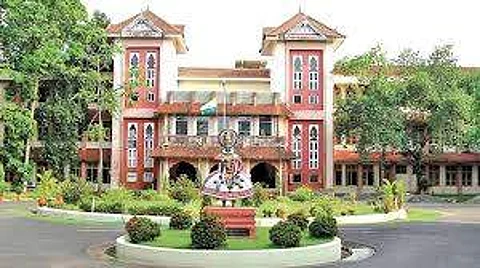

In what can be termed a rare distinction, Dr Ratheesh Kumar R T, assistant professor in the Department of Marine Geology and Geophysics, Cochin University of Science and Technology (CUSAT), has been selected for NASA’s Mars Data Analysis Programme (MDAP). According to a missive from NASA, a proposal that he worked on with Dhananjay Ravat of Kentucky University, has been selected from over 103 drafts.
“As per the NASA missive, ours was one amongst 21 proposals selected for funding in response to ROSES 2017. The MDAP review panel has assigned an adjectival rating of very good for the merit score of our proposal,” said Ratheesh. The research proposal was titled ‘The nature of Mars’ crust from low-altitude MAVEN and MGS MAG/ER data and elastic thickness variation from high-resolution gravity and topography models across Northern lowlands and other crustal and magnetic dichotomy boundaries’.
Dr Ratheesh said, “Even though the crust structure of Mars is different from that of Earth, I believe by studying the tectonic plates of the red planet, we will be able to predict the geological processes taking place on Earth and also the planet’s future.”
According to Dr Ratheesh, there are two schools of thought. “One section believes there wasn’t and isn’t any tectonic plates in Mars. But I like to believe that there is and has been. The extreme structures in Mars might be an indication of this. The planet has the highest volcano reported in the solar system,” he said. Also, the presence of highlands in the southern hemisphere and lowlands in the northern hemisphere with dichotomy boundary indicates the existence of tectonic plates in the past, he added. “By focussing on how these plates fused together with the help of high-resolution imaging, magnetic data and spectral data, we can analyse the Earth’s future,” he said. The project will begin in June this year. “It is a three-year project. However, since I am working with Cusat, I applied for a two-year sabbatical and have been granted the same,” Ratheesh said.
